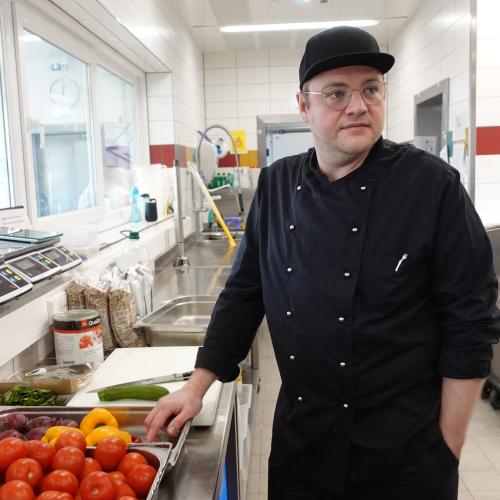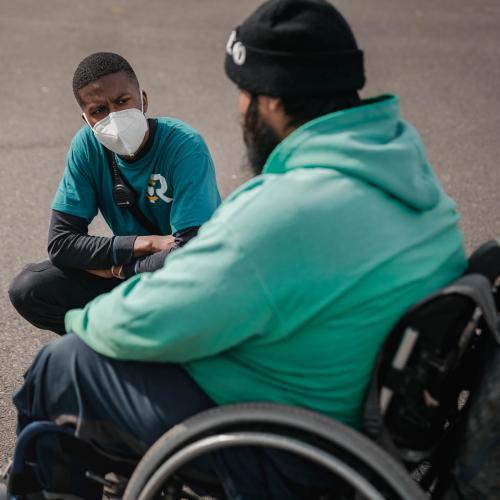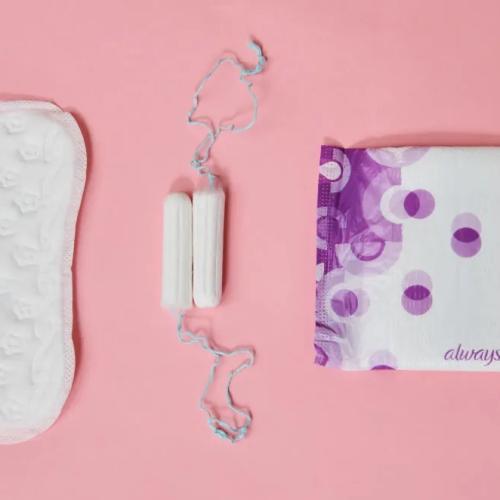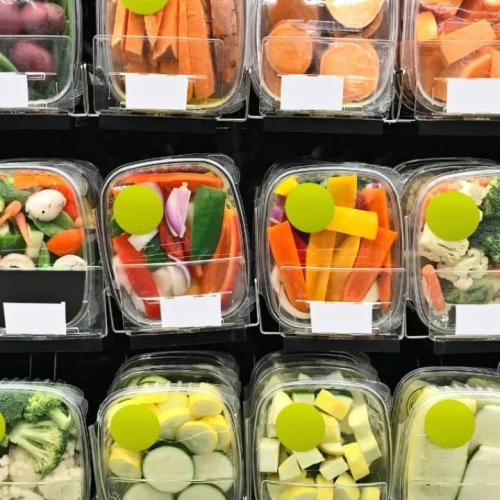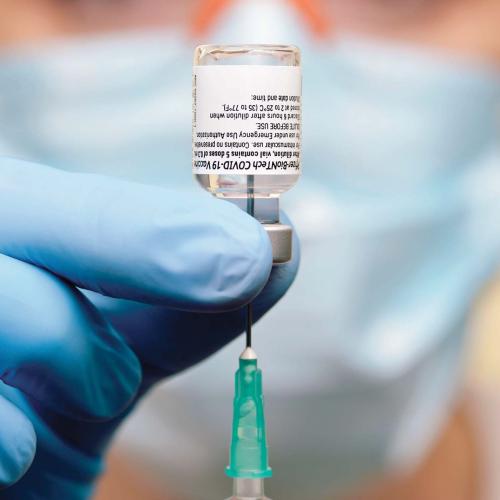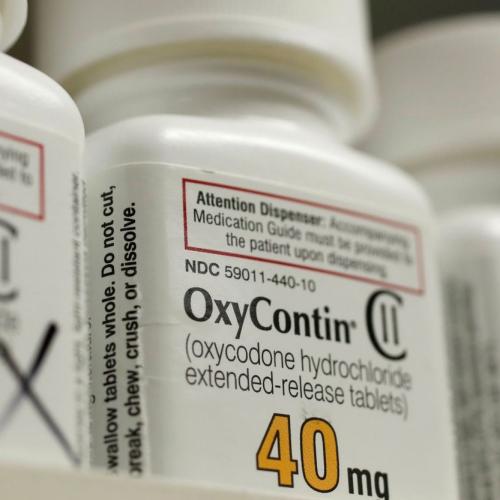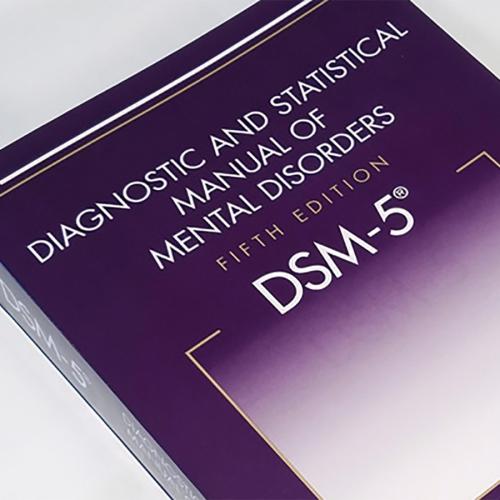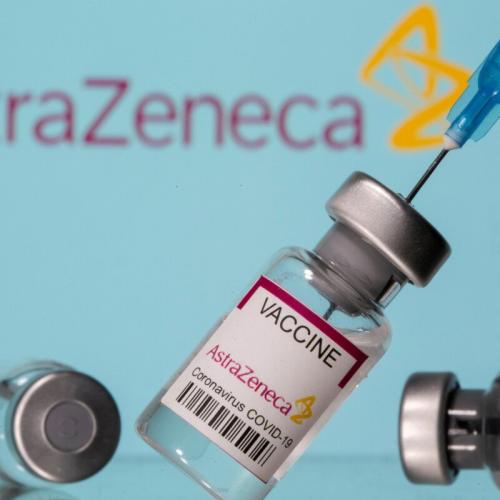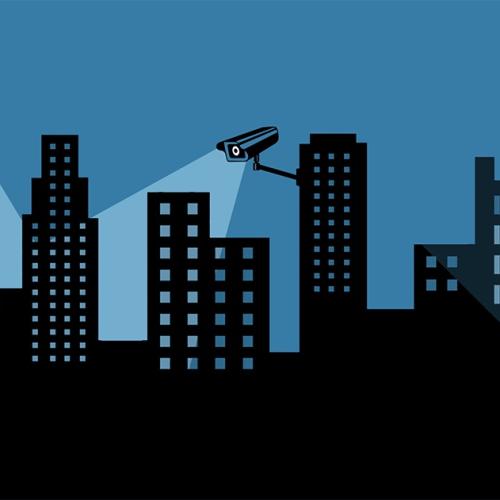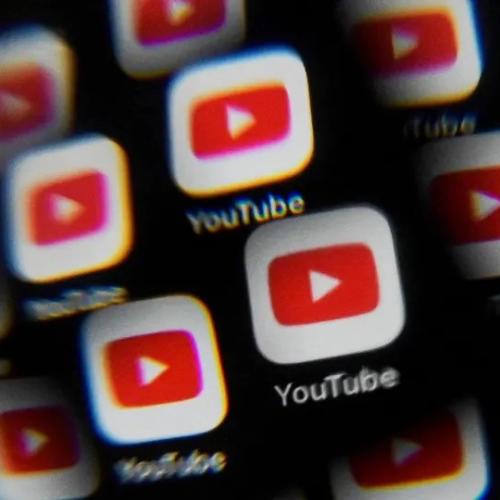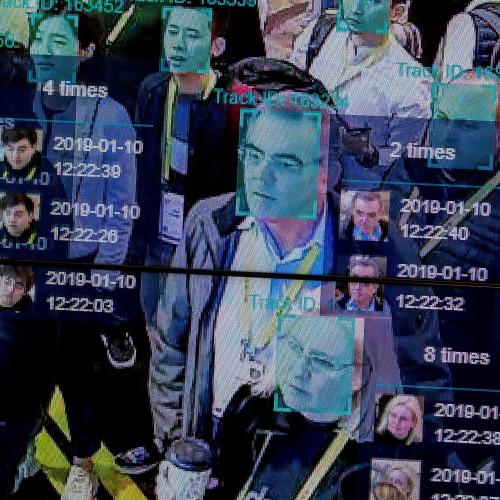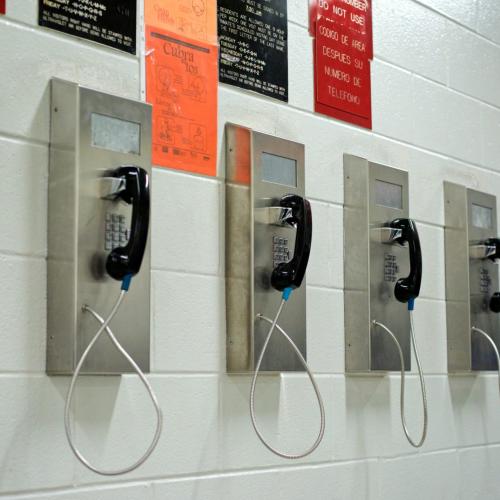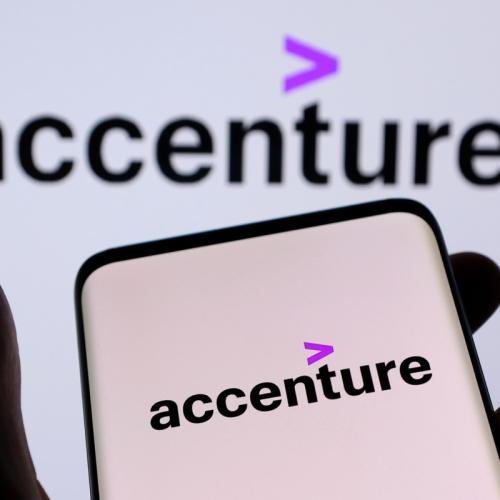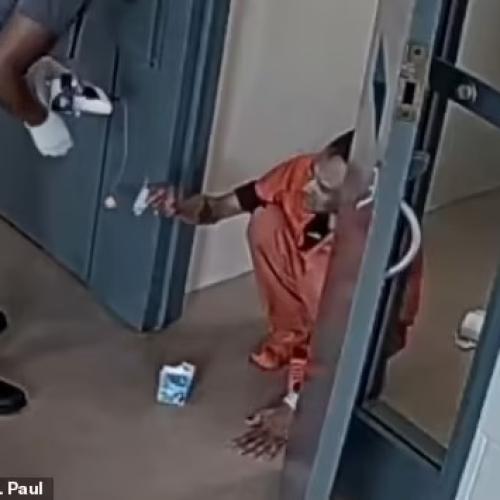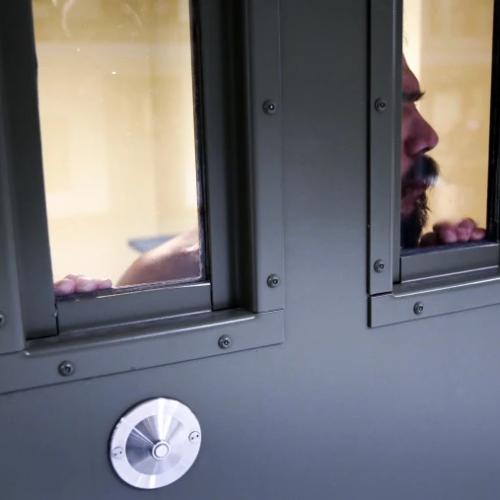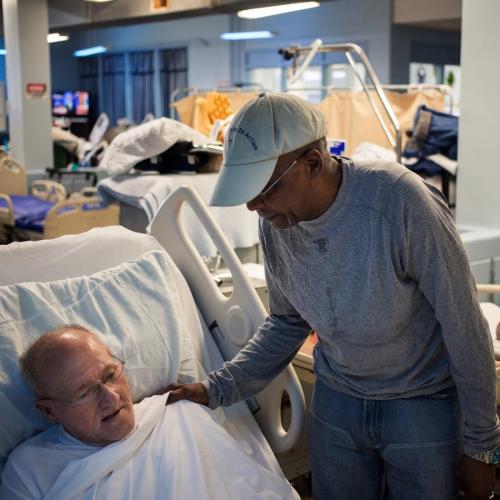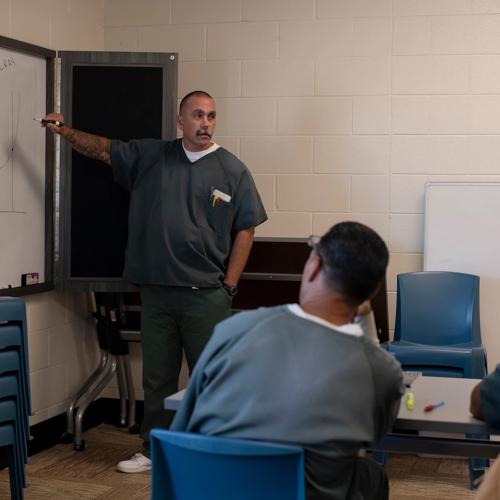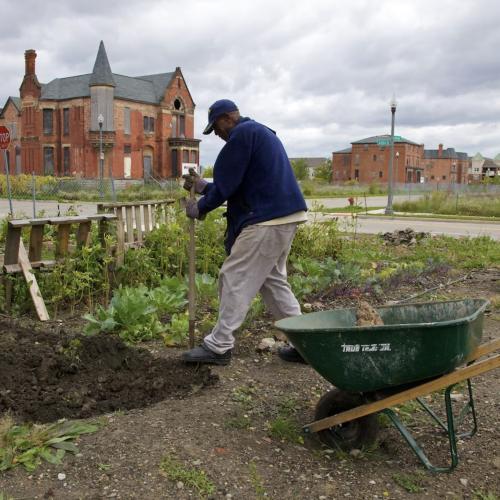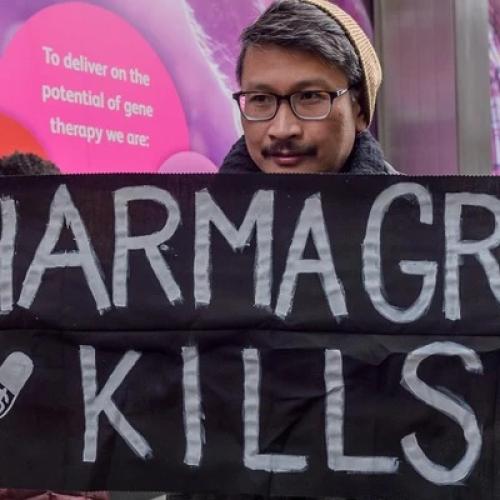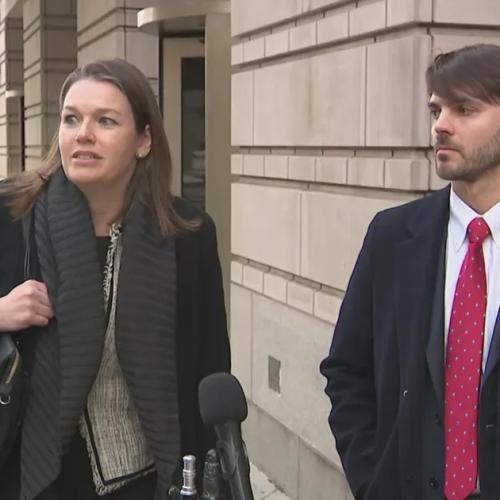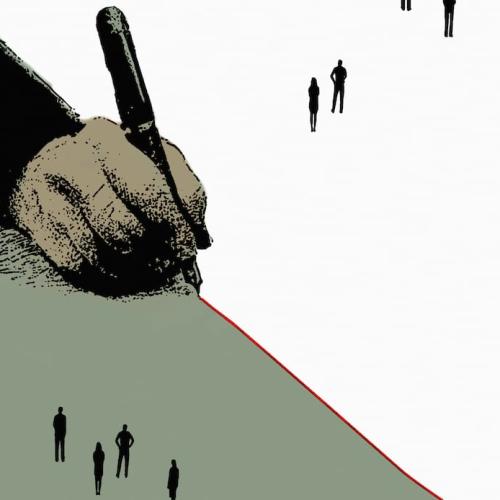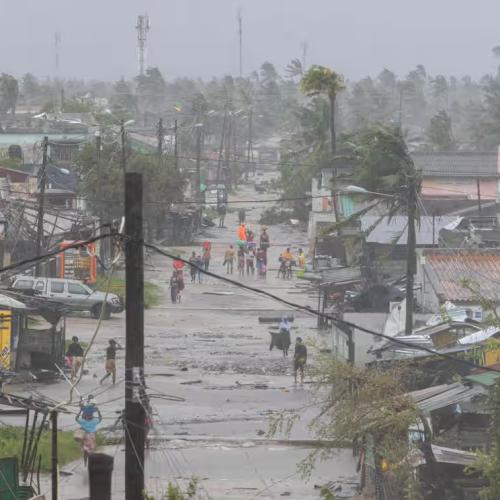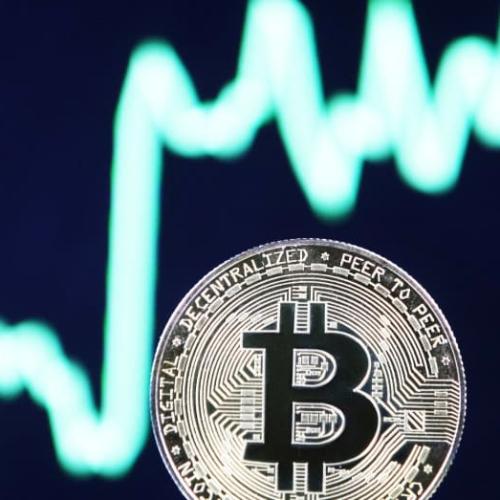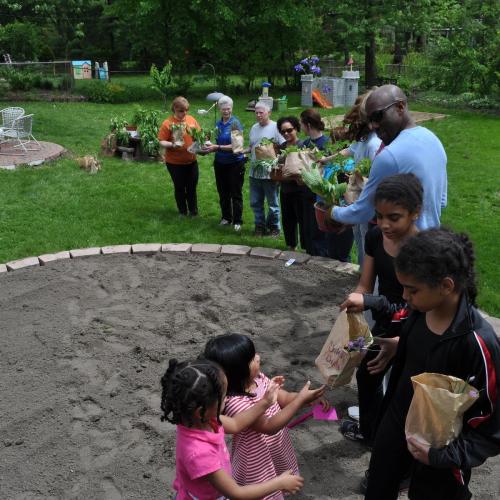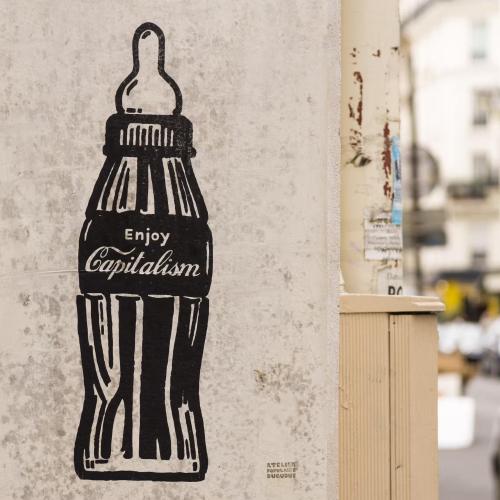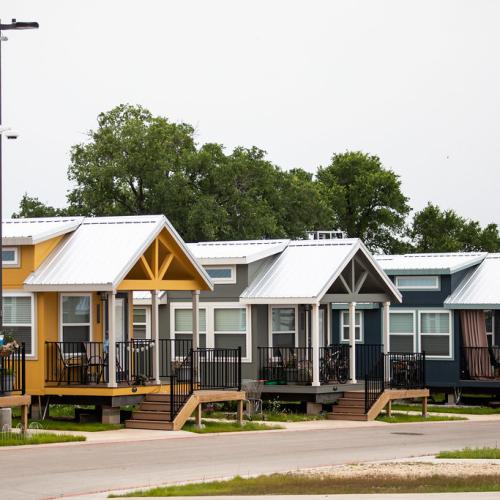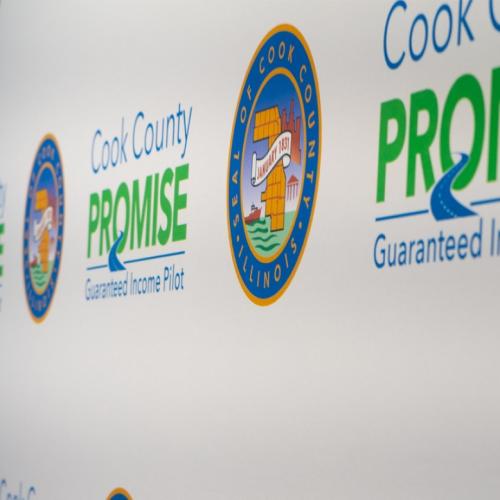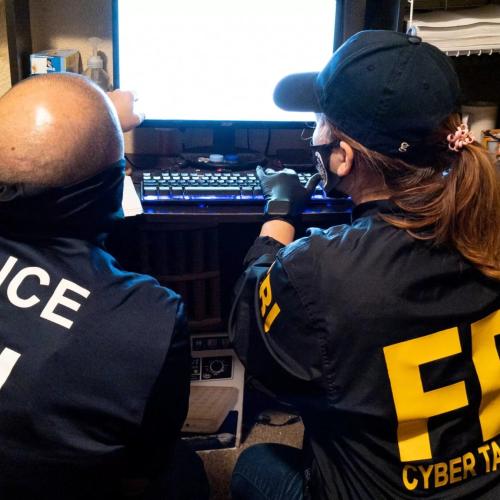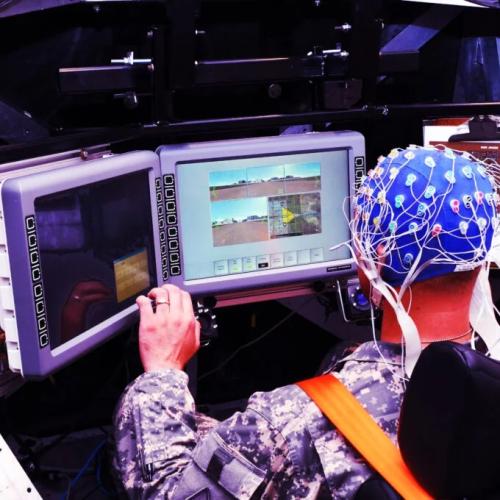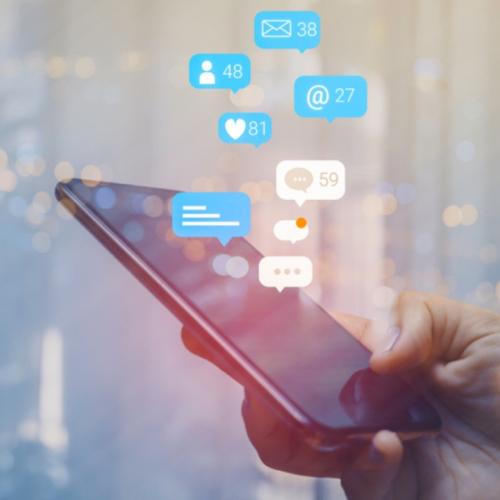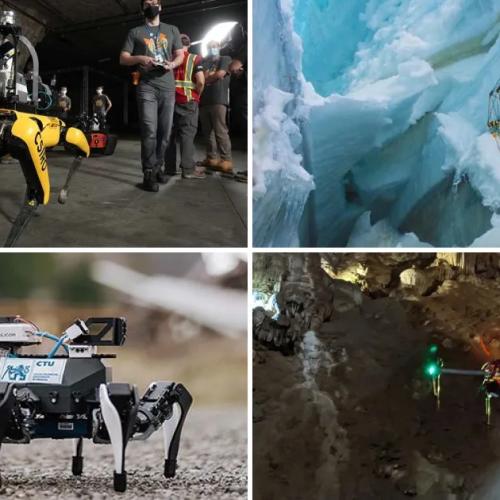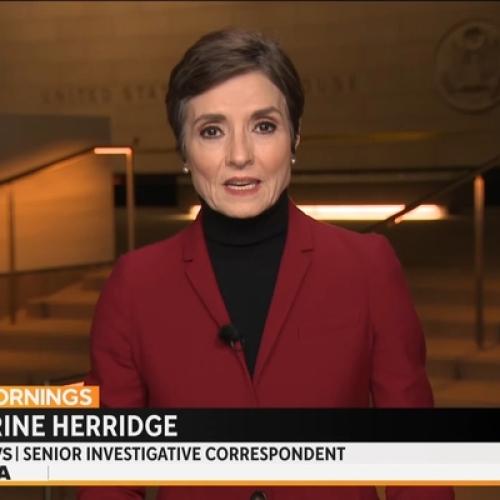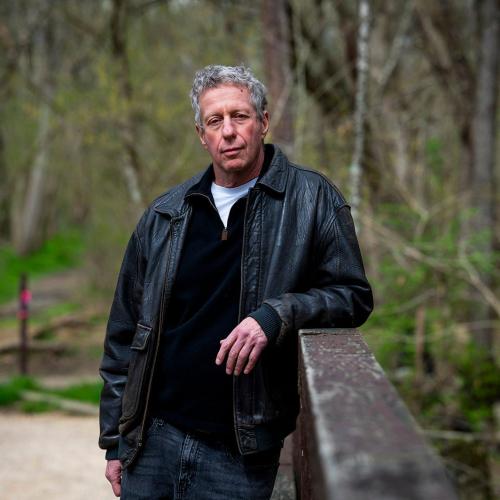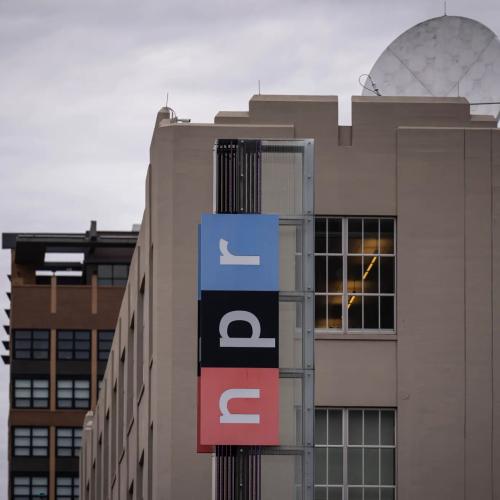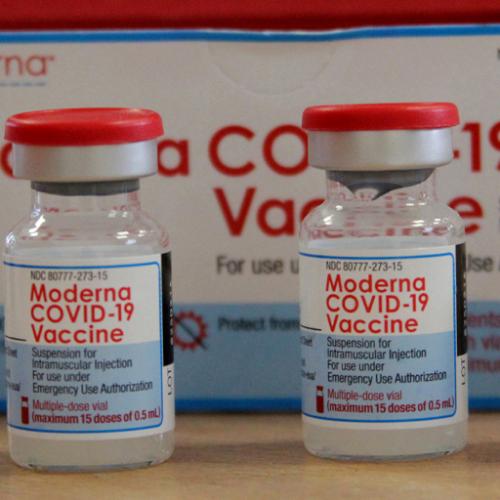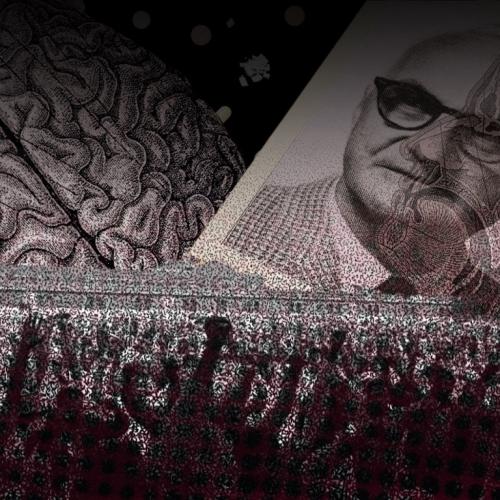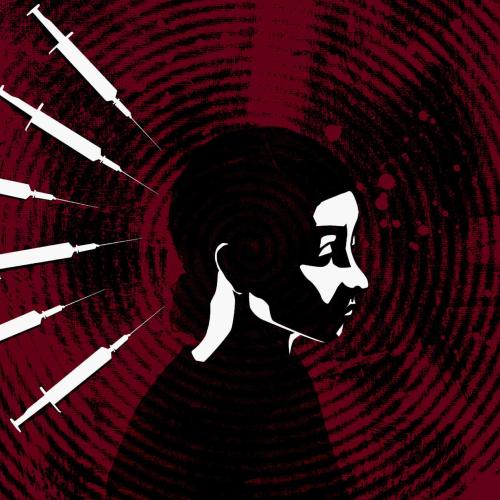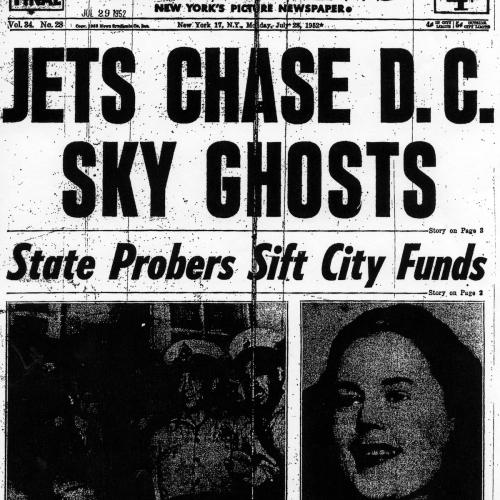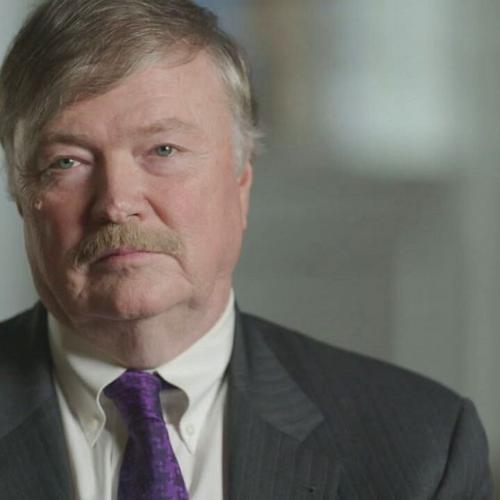Inspirational News Articles
Below are key excerpts of some of the most inspiring news articles from reliable news media sources. If any link fails to function, a paywall blocks full access, or the article is no longer available, try these digital tools.
For further exploration, delve into our Inspiration Center.
If anyone could claim to be leading by example in an age of austerity, it is Jos Mujica, Uruguay's president, who has forsworn a state palace in favour of a farmhouse, donates the vast bulk of his salary to social projects, flies economy class and drives an old Volkswagen Beetle. But the former guerrilla fighter is clearly disgruntled by those who tag him "the world's poorest president" and much as he would like others to adopt a more sober lifestyle the 78-year-old has been in politics long enough to recognise the folly of claiming to be a model for anyone. "If I asked people to live as I live, they would kill me," Mujica said during an interview in his small but cosy one-bedroom home set amid chrysanthemum fields outside Montevideo. The president is a former member of the Tupamaros guerrilla group, which was notorious in the early 1970s for bank robberies, kidnappings and distributing stolen food and money among the poor. He was shot by police six times and spent 14 years in a military prison, much of it in dungeon-like conditions. Since becoming leader of Uruguay in 2010, however, he has won plaudits worldwide for living within his means, decrying excessive consumption and pushing ahead with policies on same-sex marriage, abortion and cannabis legalisation that have reaffirmed Uruguay as the most socially liberal country in Latin America. But the man who is best known as Pepe says those who consider him poor fail to understand the meaning of wealth. "I'm not the poorest president. The poorest is the one who needs a lot to live," he said. "My lifestyle is a consequence of my wounds. I'm the son of my history."
Note: For a treasure trove of great news articles which will inspire you to make a difference, click here.
Earlier this month, in Kansas City, Missouri, the Jackson County Sheriff's Department was out looking for people. What made this operation especially unusual was the man behind it: a fellow in a red hat -- known to these men only as "Secret Santa." Every year this anonymous, wealthy businessman gives out about a hundred thousand dollars worth of hundred dollar bills to random strangers. But this year, instead of doing it all himself, he deputized these deputies to give away much of it. And so, armed to the teeth with Benjamins, the officers went out to do Santa's bidding. They specifically went after people they thought would appreciate it most. "Merry Christmas," a deputy said while handing money to a driver. "You're kidding. Oh my God, no," answered the driver in disbelief. Most people weren't just blown away -- most people were moved to tears. Their reactions were a combination of really needing the money and being caught off guard. This year "Secret Santa" also had a secret agenda. "What do you want the officers to get out of this?" I asked him. "Joy," he answered. "You know, as tough as they are they have hearts that are bigger than the world." Let's face it, it hasn't been a good year for law enforcement -- but for the vast majority of decent officers who will never make headlines -- Secret Santa offered this gift.
Note: Don't miss the incredibly beautiful three-minute video on this.
Swedish prisons have long had a reputation around the world as being liberal and progressive. The head of Sweden's prison and probation service, Nils Oberg, announced in November that four Swedish prisons are to be closed due to an "out of the ordinary" decline in prisoner numbers. Although there has been no fall in crime rates, between 2011 and 2012 there was a 6% drop in Sweden's prisoner population, now a little over 4,500. A similar decrease is expected this year and the next. The Swedes [have] managed to maintain a broadly humane approach to sentencing, even of the most serious offenders: jail terms rarely exceed 10 years; those who receive life imprisonment can still apply to the courts after a decade to have the sentence commuted to a fixed term, usually in the region of 18 to 25 years. Sweden was the first country in Europe to introduce the electronic tagging of convicted criminals and continues to strive to minimise short-term prison sentences wherever possible by using community-based measures proven to be more effective at reducing reoffending. The overall reoffending rate in Sweden stands at between 30 and 40% over three years around half that in the UK. One likely factor that has kept reoffending down and the rate of incarceration in Sweden below 70 per 100,000 head of population less than half the figure for England and Wales is that the age of criminal responsibility is set at 15. Unlike the UK, where a life sentence can be handed down to a 10-year-old, in Sweden no young person under the age of 21 can be sentenced to life and every effort is made to ensure that as few juvenile offenders as possible end up in prison.
Note: For a Time magazine article showing how Norway's prisons actually rehabilitate prisoners so that they can more easily fit back in society, click here. For a treasure trove of great news articles which will inspire you to make a difference, click here.
An American bishop who disguised himself as a homeless man to give a sermon about compassion was asked to leave his church by unknowing congregants. David Musselman, a Mormon cleric near Salt Lake City, Utah, said he wanted to teach members of his church to be kind to all people. To be Christ-like, just acknowledge them, he said. Mr Musselman recruited a professional makeup artist to transform his face and wore a wooly hat, thick spectacles, a false beard and a fake scar. Even his own family did not recognise him. The main thing I was trying to get across was we don't need to be so quick to judge, Mr Musselman told his local television news station. Many actually went out of their way to purposefully ignore me, and they wouldn't even make eye contact, he said. I'd approach them and say, 'Happy Thanksgiving'. After being asked to leave by five people, Mr Musselman walked to the pulpit during a service and disclosed his true identity by taking off his wig, fake beard and glasses. It had a shock value that I did not anticipate, he said. I really did not have any idea that the members of my ward would gasp as big as they did. Mr Musselman said he was touched by the reaction of younger members of the church. I was impressed by the children, he said. I could see in their eyes they wanted to do more. Mr Musselman, whose stunt came just before the Thanksgiving holiday, said that he did not intend to embarrass the members of his church or make them feel ashamed. Instead, he said, he wanted them to remember to be kind all year long to people from all walks of life.
Note: For a treasure trove of great news articles which will inspire you to make a difference, click here.
Gratitude ... makes you happier and healthier. If you can find any authentic reason to give thanks, anything that is going right with the world or your life, and put your attention there, then statistics say you're going to be better off. Does this mean to live in a state of constant denial and put your head in the sand? Of course not. Gratitude works when you're grateful for something real. What are you actually grateful for? It's a question that could change your life. Recent studies have concluded that the expression of gratitude can have profound and positive effects on our health, our moods and even the survival of our marriages. Dr. John Gottman at the University of Washington has been researching marriages for two decades. The conclusion of all that research, he states, is that unless a couple is able to maintain a high ratio of positive to negative encounters (5:1 or greater), it is likely the marriage will end. With 90 percent accuracy, Gottman says he can predict, often after only three minutes of observation, which marriages are likely to flourish and which are likely to flounder. The formula is that for every negative expression (a complaint, frown, put-down, expression of anger) there needs to be about five positive ones (smiles, compliments, laughter, expressions of appreciation and gratitude). Keep a daily journal of three things you are thankful for. This works well first thing in the morning, or just before you go to bed. Make it a practice to tell a spouse, partner or friend something you appreciate about them every day. To practice it further, join thousands of others in a transformative 21-Day Gratitude Challenge starting November 7th leading up to Thanksgiving.
Note: For a treasure trove of great news articles which will inspire you to make a difference, click here.
[ISIS Foundations Audette Exel] built a career on making millions for the rich, but her true achievement has been using her legal and financial [prowess] to make money for the worlds poorest. A monkey passes Exels [Katmandu, Nepal] hotel room as she works via email on a half-billion-dollar sale of a European banking group. The negotiations are crucial. If successful, they will represent one of the biggest European financial transactions of 2012. This is just before breakfast. After breakfast, Exel visits some of the children she and her organisation, the ISIS Foundation, have rescued from child traffickers in the remotest part of the country, children taken from their homes under false pretences and imprisoned in appalling conditions. The children are hugging her, squeezing her, holding her hand. An 11-year-old boy who almost died from a hole in the heart before being saved by Exel and her team wont let her go. Later that afternoon, Exel works on forging ties between her Nepalese staff and her manager in Uganda, the other country where her organisation has saved the lives of thousands of mothers and their children. This is the woman who, ... leading international finance lawyer James Watkins says, gave up millions of her own income to help some of the most impoverished people in the world. The same woman again who high-flying lawyer John Atkinson believes puts him and other bankers and lawyers to shame. When I examine my life and I compare it to Audettes, you can quickly feel pretty humbled, even quite selfish. I guess in the scheme of things I look quite normal and Audette looks pretty extraordinary.
Note: For a treasure trove of great news articles which will inspire you to make a difference, click here.
A man slips behind someone else into a packed elementary school with an AK-47-type weapon. He goes into the office and shoots at the ground, then darts between there and outside to fire at approaching police. So what do you do? If you're Antoinette Tuff, who works in the front office at Ronald E. McNair Discovery Learning Academy just outside Atlanta, you don't run. You talk. You divulge your personal struggles to the gunman, you tell him you love him, you even proactively offer to walk outside with him to surrender so police won't shoot. And then the nightmare ends with the suspect, later identified as Michael Brandon Hill, taken into custody and no one inside or outside the Decatur school even hurt, despite the gunfire. By the end -- with police themselves having never directly talked to him -- Tuff and the gunman were talking about where he would put his weapon, how he'd empty his pockets and where he'd lie down before authorities could get him. "It's going to be all right, sweetie," she tells Hill at one point [audible in the 911 call]. "I just want you to know I love you, though, OK? And I'm proud of you. That's a good thing that you're just giving up and don't worry about it. We all go through something in life." Tuff then let the gunman know that she'd been down before herself, but she'd picked herself up. He could, too. "I thought the same thing, you know, I tried to commit suicide last year after my husband left me," she said. "But look at me now. I'm still working and everything is OK." That day, for everyone at that school, everything did turn out OK. Shots were fired, but no one got hurt. The gunman never made it to the classroom area, deciding instead to give up and lay down.
Note: For a treasure trove of great news articles which will inspire you to make a difference, click here.
In just a decade, and using a deceptively simple approach, Kaiser Permanente doubled the percentage of Northern California patients whose blood pressures were brought down to healthy levels. The Kaiser program relied on close monitoring by a team of health care workers and the use of cheaper, more efficient drugs to treat high blood pressure. Over the course of an eight-year study, the percentage of patients with high blood pressure who had it under control increased from 44 percent in 2001 to 80 percent in 2009. The rate continued to climb after the study ended, and as of 2011, 87 percent of patients had lowered their high blood pressure to a healthy level. The results are intriguing because high blood pressure ... is treatable with medication and lifestyle changes, but has remained stubbornly difficult to control in most patients, Kaiser doctors said. During the years of the Kaiser study, the number of heart attacks and strokes fell substantially. Dr. Don Conkling, a 63-year-old Kaiser member who was part of the study, managed to get his blood pressure into a normal, healthy range for the first time since his early 40s. He lost about 60 pounds, cut out sugar and meat from his diet, and started walking several times a day, often for miles at a time, with his dog Sophie. Conkling, a veterinarian in San Bruno, also meditates every day for 45 minutes or longer to help reduce stress from his job. Not all patients have to make such drastic lifestyle changes to lower their blood pressure, Conkling said.
Note: For a treasure trove of great news articles which will inspire you to make a difference, click here.
Using techniques of exquisite sensitivity and technological finesse, astronomers have spent the past two decades on an astonishing voyage of cosmic discovery. They have found that the universe is full of planets: cold, small, and dark next to their large and glaring suns, these worlds have previously been hidden from us. To spot them represents a challenge that has been compared to looking across thousands of miles to see a firefly buzzing around a brilliant searchlight. They exert a gravitational pull, tugging their parent stars into a gently wobbling motion that we can now detect. We now have firm evidence for thousands of planets, around thousands of stars. We also know something about these worlds, their sizes, their orbits, often their ages. In a handful of cases ... we have even measured the temperature of their upper atmospheres and [determined] their gaseous chemistry, finding substances like sodium, methane and water. No matter how conservative or optimistic we are, the statistics tell us that something like an astonishing one out of every seven stars must harbor a planet similar in size to the Earth, and at roughly the right orbital distance to allow for the possibility of a temperate surface environment. In other words, roughly 15 percent of all suns could, in principle, be hosting a place suitable for life as we know it. Since our galaxy contains at least 200 billion stars, this implies a vast arena for the universes ubiquitous carbon chemistry to play in a process that, as here on Earth, might lead to the complex machinery of life. Indeed, there is a 95-percent confidence give or take a few percent that one of these worlds could be within a mere 16 light years of us.
Note: For fascinating testimony from top military and government officials revealing a major cover-up of the existence of UFOs and ETs, click here. For more on the nature of reality, see the deeply revealing reports from reliable major media sources available here.
[On July 17 Delaware] Gov. Jack Markell is scheduled to sign a law creating a new public benefit corporation where directors must balance the interests of the owners with those of employees, the general public and the environment. Delaware becomes the 19th state to pass such a law, but it may be the most important one since it is home to half of all publicly traded U.S. companies. Not that Ford Motor Co. or Intel are likely to avail themselves of this new corporate structure. Under the Delaware law, 90% of shareholders must approve a shift to benefit status. The law will likely be more popular with closely held firms like Etsy, the online marketplace for handmade products with more than $500 million a year in sales. It gives them a chance to declare a broader set of objectives than profit alone, and a legal structure to pursue them without risking lawsuits by disgruntled shareholders who might prefer a fatter dividend, say, than the comfort of knowing no endangered species were wiped out by their companys logging operations. Under the new Delaware law, the purpose of a public benefit corporation is to operate in a responsible and sustainable manner. Directors cant be sued for pursuing objectives that advance artistic, charitable, cultural scientific or technological goals. The benefit corporation movement has even formed the Sustainability Accounting Standards Board to come up with the equivalent of GAAP for the Birkenstock-wearing set.
Note: For more on this exciting development, see the Huffington Post article written by Delaware's governor at this link.
After I wrote an article about misogyny found on Facebook, people began to send me links to content that they had tried and failed to have removed by the site. Among these was a seven-minute video depicting a gang-rape of a girl by the side of the road. I began looking more deeply into the subject. I came across "humor" pages with names like "Raping Your Girlfriend." There were easily accessed pictures and videos of girls and women frightened, humiliated, bruised, beaten, raped, [and] bathed in blood. In one instance, Facebook declined to remove an image of a woman, mouth covered in tape, in which the caption read, "Don't tap her and rap her. Tape her and rape her." The photo went viral. Facebook's response ... "the photo ... did not violate our community standards." I joined [others] to launch a global campaign to confront institutionalized sexism in media. We wrote an open letter to Facebook, co-signed by more than 100 organizations, asking the company ... to train people to recognize violence against women as hateful. We encouraged users of Facebook to send messages to its advertisers encouraging them to boycott the social media network. Over seven days, men and women around the world sent more than 60,000 tweets ... and 5,000 e-mails to targeted advertisers, 16 of whom withdrew their advertising. Facebook responded, noting that its "systems to identify and remove hate speech have failed to work as effectively" as they would like. We are in the midst of a shifting cultural tide in which gender based violence -- historically kept private -- is better understood as a pandemic problem. Facebook's action represents an open acknowledgment that violence against women is a serious issue [that] deserves serious attention.
Note: How sad that it took facebook advertisers withdrawing their support to make this change. And how awesome that the writer of this article, Soraya Chemaly, had to the courage to stand up and do something about it by initiating this sexism campaign against facebook, and to inspire others to join her. Working together, we can make a difference.
Tesla Motors Inc.s electric Model S, Motor Trends 2013 Car of the Year, received the highest rating from Consumer Reports in an evaluation of the luxury sedan that led first-quarter North American plug-in car sales. The Model S from Palo Alto, California-based Tesla scored 99 out of 100 points, the non-profit magazine said in an e-mailed statement. The $89,650 car bought by Consumer Reports performed better, or just as well overall as any vehicle its ever tested, the ... magazine said. It accelerates, handles and brakes like a sports car, it has the ride and quietness of a luxury car and is far more energy efficient than the best hybrid cars, said Jake Fisher, Consumer Reports director of automotive testing. No rechargeable car has won a score as high as the Model S. The magazine last gave a vehicle 99 points in 2007, when Toyota Motor Corp.s Lexus LS460L ranked that high. Model S shortcomings include limited range, long charge times and coupe-like styling that impairs rear visibility and impedes access, Consumer Reports said. Along with reliability that isnt yet determined, Tesla still has a limited service network, the magazine said. The test vehicle had an 85-kilowatt/hour lithium-ion battery pack and averaged about 200 miles (322 kilometers) per charge in real-world driving, the magazine said. The Tesla is easily the most practical electric car that has been tested to date, Consumer Reports said.
Note: After undeniable suppression of the electric car by car manufacturers, independent upstart Tesla Motors has done it! Expect to see more breakthroughs from this great new company. For more on the company's amazing namesake and how his inventions were suppressed, click here.
Avaaz - meaning "voice" in Farsi as well as several other European, Middle Eastern and Asian languages - describes itself as "a global web movement to bring people-powered politics to decision-making everywhere". According to the group's website, it was launched in 2007 with a mission to "organise citizens of all nations to close the gap between the world we have and the world most people everywhere want". It campaigns in 15 languages and is served by a small core team of 52 full-time staff worldwide and thousands of volunteers in all 192 UN member states, including Iran and China, where its website is illegal. "Our model of internet organising allows thousands of individual efforts, however small, to be rapidly combined into a powerful collective force," it says. Avaaz's founder and executive director, Ricken Patel, told the Times newspaper earlier this month: "There are two types of fatalism. The belief the world can't change, and the belief you can't play a role in changing it." The group employs a wide variety of tactics in its campaigns, including collating petitions with hundreds of thousands, if not millions, of signatures; organising demonstrations and phone-ins; fundraising, and paying for advertising. It says its successes range from helping to uphold the EU ban on GM crops to helping to circumventing the Burmese government's ban on international aid after Cyclone Nargis.
Note: The membership of this great organization has rapidly grown to over 20 million worldwide. Consider joining them and making your voice heard at avaaz.org. You can start a petition there which just might draw millions of supporters and make a real difference in building a better world. For a treasure trove of great news articles which will inspire you to make a difference, click here.
Most modern justice systems focus on a crime, a lawbreaker and a punishment. But a concept called restorative justice considers harm done and strives for agreement from all concerned the victims, the offender and the community on making amends. And it allows victims, who often feel shut out of the prosecutorial process, a way to be heard and participate. In this country, restorative justice takes a number of forms, but perhaps the most prominent is restorative-justice diversion. There are not many of these programs a few exist on the margins of the justice system in communities like Baltimore, Minneapolis and Oakland, Calif. but, according to a University of Pennsylvania study in 2007, they have been effective at reducing recidivism. Typically, a facilitator meets separately with the accused and the victim, and if both are willing to meet face to face without animosity and the offender is deemed willing and able to complete restitution, then the case shifts out of the adversarial legal system and into a parallel restorative-justice process. All parties the offender, victim, facilitator and law enforcement come together in a forum sometimes called a restorative-community conference. Each person speaks, one at a time and without interruption, about the crime and its effects, and the participants come to a consensus about how to repair the harm done. The methods are mostly applied in less serious crimes, like property offenses in which the wrong can be clearly righted. The processes are designed to be flexible enough to handle violent crime like assault, but they are rarely used in those situations.
Note: This deeply moving and highly educational piece from the New York Times Magazine about the power of restorative justice is well worth reading in its entirety at the link above.
Some world leaders live in palaces. Some enjoy perks like having a discreet butler, a fleet of yachts or a wine cellar with vintage Champagnes. Then there is José Mujica, the former guerrilla who is Uruguay’s president. He lives in a run-down house on Montevideo’s outskirts with no servants at all. His security detail: two plainclothes officers parked on a dirt road. In a deliberate statement to this cattle-exporting nation of 3.3 million people, Mr. Mujica, 77, shunned the opulent Suárez y Reyes presidential mansion, with its staff of 42, remaining instead in the home where he and his wife have lived for years, on a plot of land where they grow chrysanthemums for sale in local markets. His net worth upon taking office in 2010 amounted to about $1,800 — the value of the 1987 Volkswagen Beetle parked in his garage. He never wears a tie and donates about 90 percent of his salary, largely to a program for expanding housing for the poor. His current brand of low-key radicalism ... exemplifies Uruguay’s emergence as arguably Latin America’s most socially liberal country. Under Mr. Mujica, who took office in 2010, Uruguay has drawn attention for seeking to legalize marijuana and same-sex marriage, while also enacting one of the region’s most sweeping abortion rights laws and sharply boosting the use of renewable energy sources like wind and biomass. For democracy to function properly, [Mujica] argues, elected leaders should be taken down a notch. “We have done everything possible to make the presidency less venerated,” Mr. Mujica said in an interview one recent morning, after preparing a serving in his kitchen of mate.
Note: For a treasure trove of great news articles which will inspire you to make a difference, click here.
Four years after the country let its debt-ridden banks fail, and as the country's growth looks set to far outpace the eurozone, [Iceland's president Olafur Ragnar Grimsson] said the decision not to save the banks was "the most difficult I ever had to make," but maintained it was the right one. "Allowing the banks to fail is one of the fundamental reasons Iceland is now in a strong recovery with respect to other European countries," he said. Now, according to Grimsson, "Iceland is better placed to benefit by maintaining our present position, rather than to let the EU speak on our behalf." The 69-year-old president pointed to Norway and Greenland -- two other Arctic economies and non-European Union members -- as role models. However, Grimsson said he was not sure whether Iceland's strategy with its banks could have been replicated by other countries with similar problems, such as Ireland. "Being part of the eurozone, they couldn't devalue their currency. But they could have adopted our policy with respect to the banks," he said. The Icelandic krona fell sharply as a result of the financial collapse, helping the country recover by increasing demand for exports. "There are still scars," Grimsson said, "but on the whole, the will of the Icelandic people has enabled us to recover and move confidently towards the future."
Note: Watch a great video interview of Iceland's president discussing this matter. Iceland has gone through tremendous transformation that has greatly supported both the people and the economy of this nation. Why is this getting so little press coverage?
Uruguays [president] Jos Mujica ... has shunned the countrys Residencia de Surez for the cozy but modest quarters of his small home on the outskirts of the capital, Montevideo. Dubbed by many media organizations as the worlds poorest president, Mujica and his wife keep house on a small farm surrounded by other tiny homes and guarded by only two police officers and his three-legged dog, Manuela. "I've lived like this most of my life," Mujica told the BBC. "I can live well with what I have." Unlike his forebears and counterparts around the world who live in comfort and are chauffeured around in limousines, Mujica donates 90 percent of his $12,000 monthly salary to charity organizations benefiting the poor and small businesses, and his means of transport is a beat-up 1987 Volkswagon Beetle worth about $1,800 or the equivalent of his annual personal wealth declaration. This year he bumped his wealth declaration up to $215,000 only after declaring his wifes assets of land, tractors and a house which still pales in comparison to Vice-President Danilo Astori's declared wealth and former President Tabare Vasquezs bank account. I'm called 'the poorest president,' but I don't feel poor. Poor people are those who only work to try to keep an expensive lifestyle, and always want more and more," Mujica said. "This is a matter of freedom. If you don't have many possessions then you don't need to work all your life like a slave to sustain them, and therefore you have more time for yourself."
Note: For more on this unusual and inspiring president, click here.
The headquarters of what has rapidly become the largest school in the world, at 10 million students strong, is stuffed into a few large communal rooms in a decaying 1960s office building hard by the commuter rail tracks in Mountain View, Calif. The Khan Academy, which features 3,400 short instructional videos along with interactive quizzes and tools for teachers to chart student progress, is a nonprofit, boasting a mission of a free world-class education for anyone anywhere. There will be no IPO; funding comes from philanthropists, not venture capitalists. The next half-century of education innovation is being shaped right now. Global spending on education is $3.9 trillion, or 5.6% of planetary GDP. America spends the mostabout $1.3 trillion a yearyet the U.S. ranks 25th out of the 34 OECD countries in mathematics, 17th in science and 14th in reading. Its those latter statistics that motivate Khan. The site covers a staggering array of topicsfrom basic arithmetic and algebra to the electoral college and the French Revolution. The videos are quirky affairs where you never see the instructor (usually Salman Khan himself, who personally has created nearly 3,000 of them). Instead, students are confronted with a blank digital blackboard, which, over the course of a ten-minute lesson narrated in Khans soothing baritone, is gradually filled up with neon-colored scrawls illustrating key concepts. Over the past two years Khan Academy videos have been viewed more than 200 million times. The site is used by 6 million unique students each month.
Note: For a treasure trove of great news articles which will inspire you to make a difference, click here.
It's becoming clear that we can grow all the food we need, and profitably, with far fewer chemicals. Conventional agriculture can shed much of its chemical use - if it wants to. What may be the most important agricultural study this year ... was done on land owned by Iowa State University called the Marsden Farm. On 22 acres of it, beginning in 2003, researchers set up three plots: one replicated the typical Midwestern cycle of planting corn one year and then soybeans the next, along with its routine mix of chemicals. On another, they planted a three-year cycle that included oats; the third plot added a four-year cycle and alfalfa. The longer rotations also integrated the raising of livestock, whose manure was used as fertilizer. The results were stunning: The longer rotations produced better yields of both corn and soy, reduced the need for nitrogen fertilizer and herbicides by up to 88 percent, reduced the amounts of toxins in groundwater 200-fold and didn't reduce profits by a single cent. In short, there was only upside - and no downside at all - associated with the longer rotations. There was an increase in labor costs, but remember that profits were stable. So this is a matter of paying people for their knowledge and smart work instead of paying chemical companies for poisons. And it's a high-stakes game; according to the Environmental Protection Agency, about five billion pounds of pesticides are used each year in the United States.
Right now, renewable energy sources like solar and wind still provide just a small fraction of the worlds electricity. But theyre growing fast. Solar is growing exponentially. Across the globe, 55 terawatt-hours of solar power had been installed by the end of 2011. That may not seem like much in itself the United States by itself, after all, needed about one hundred times that much power in 2011. But solar has been growing at a stunning rate, as panels keep getting dramatically cheaper. If these exponential growth rates [continue] solar could provide nearly 10 percent of the worlds electricity by 2018. Official agencies keep underestimating the growth rate of renewables. The International Energy Agency is forecasting that solar will catch on much more slowly providing a mere 4.5 percent of the worlds electricity by 2035. But [t]he IEA has almost always underestimated how quickly wind and solar can grow. Forecasters have consistently been too pessimistic. For instance, back in 2000, the IEAs World Energy Outlook predicted that non-hydro sources of renewable energy would make up 3 percent of global energy by the year 2020. The world reached that point in 2008, well ahead of schedule. Using only current technology, renewables could technically provide the vast bulk of U.S. electricity by mid-century.
Note: The media has consistently underplayed the promising potential for alternative energy sources. The fact that the above is a blog and not a regular article in the Post is yet another example of this. For more on promising developments on energy technologies, click here.
Important Note: Explore our full index to revealing excerpts of key major media news articles on several dozen engaging topics. And don't miss amazing excerpts from 20 of the most revealing news articles ever published.







